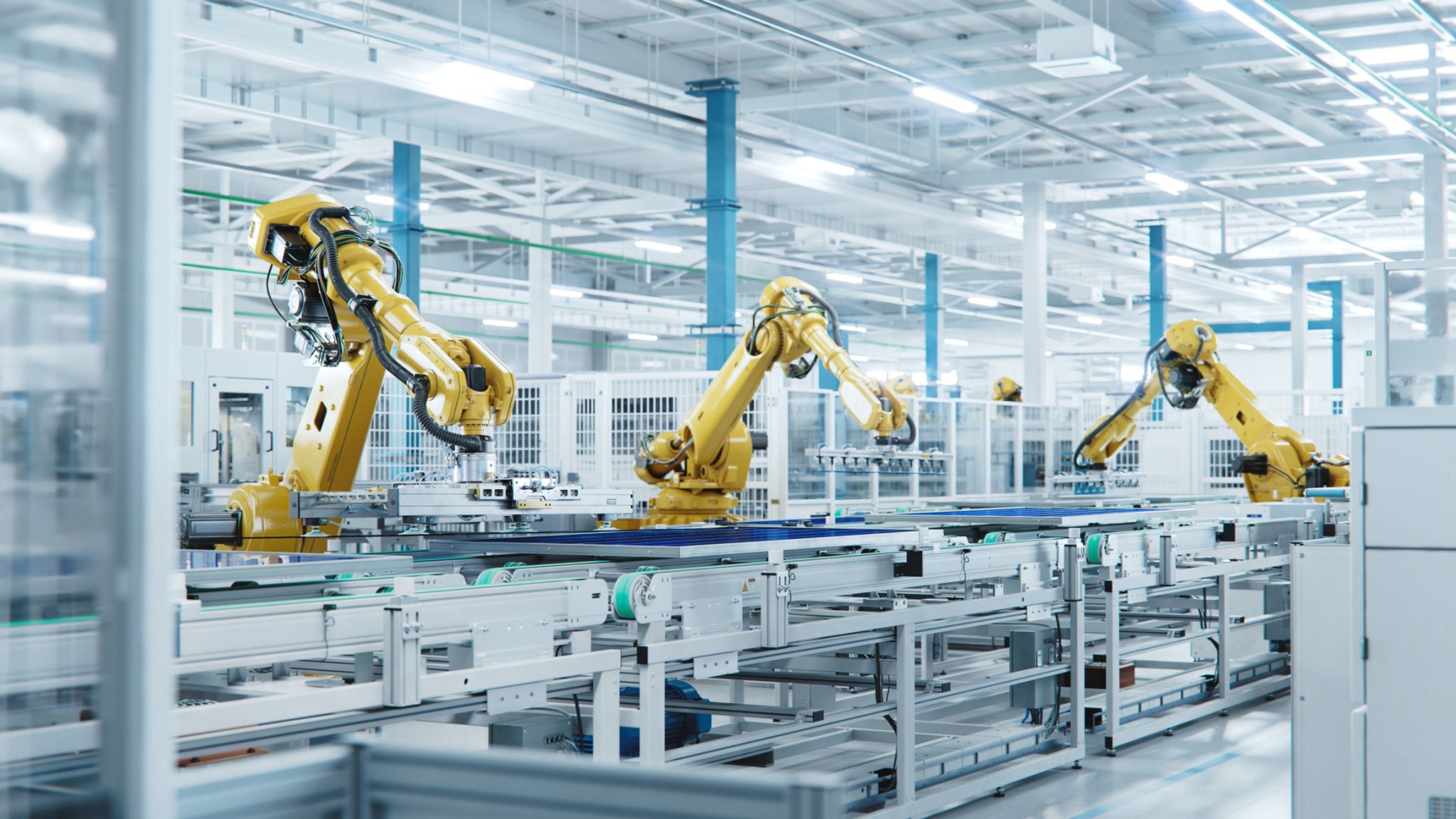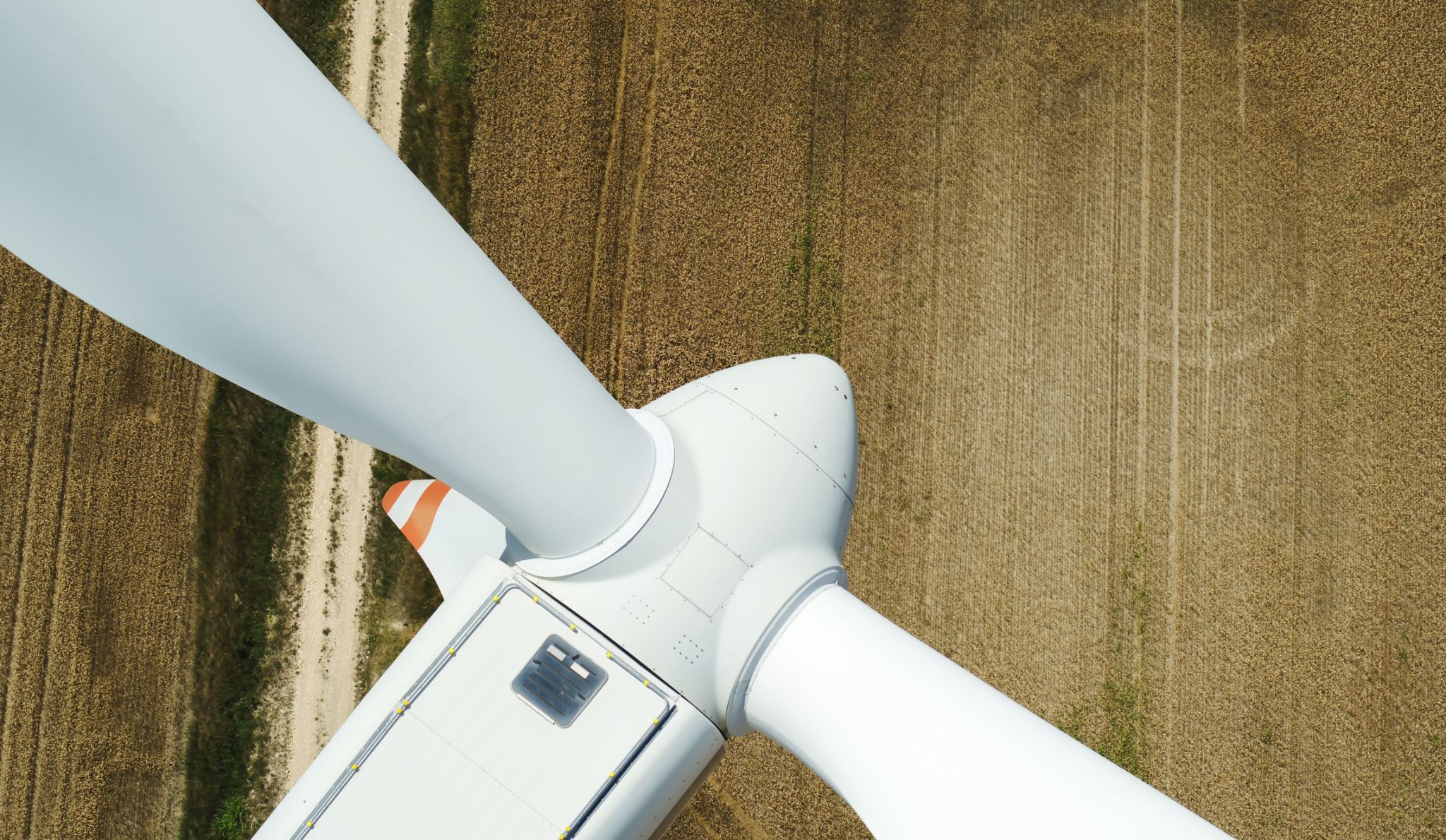Adapting to Climate: How Robotics Enhances Renewable Energy in Australia
Introduction to Robotics in Renewable Energy
Australia has long been at the forefront of renewable energy development, harnessing its abundant natural resources to generate clean power. As the country continues to adapt to climate change, the integration of robotics into renewable energy sectors is playing a crucial role in enhancing efficiency and sustainability.
Robots are transforming the way we approach energy production and consumption. This technological evolution is not only optimizing operations but also reducing environmental impacts, making renewable energy more viable and cost-effective.

The Role of Robotics in Solar Energy
Solar energy is a key component of Australia's renewable energy strategy, and robotics is significantly boosting its potential. Automated systems are being used to clean solar panels, ensuring they operate at maximum efficiency. This leads to increased energy output and reduces the need for manual labor, which can be both costly and hazardous.
Furthermore, robots equipped with artificial intelligence are being deployed to monitor solar farms, using advanced imaging technologies to detect faults and perform maintenance. This proactive approach not only extends the lifespan of solar panels but also minimizes downtime, ensuring a steady supply of clean energy.

Wind Energy and Robotic Innovations
In addition to solar power, wind energy is another area where robotics is making significant inroads. The maintenance of wind turbines, especially those located offshore, can be challenging due to their size and location. However, robotic drones are now being used to inspect and maintain these structures safely and efficiently.
By employing sophisticated sensors and cameras, these drones can identify issues such as blade damage or wear and tear, allowing for timely repairs. This not only enhances the reliability of wind energy but also reduces operational risks and costs.

Robotics in Hydro and Geothermal Energy
Apart from solar and wind, robotics is also being utilized in hydroelectric and geothermal energy sectors. In hydroelectric plants, robots can be used for dam inspections and underwater maintenance tasks that are otherwise difficult for human divers.
Geothermal energy benefits from robotics through enhanced drilling techniques and automated monitoring systems that ensure safe and efficient extraction processes. These advancements contribute to the overall robustness of Australia's renewable energy infrastructure.
The Future of Robotics in Renewable Energy
The future looks promising as robotics continues to evolve and integrate into various renewable sectors. The development of more advanced, autonomous robots will further boost efficiency and reliability while reducing costs.
As Australia continues its transition towards a sustainable future, embracing robotics in renewable energy will be essential in meeting its climate goals and ensuring a secure energy supply for generations to come.

Conclusion
Robotics is revolutionizing the renewable energy landscape in Australia by enhancing operational efficiency, reducing costs, and minimizing environmental impacts. As technology continues to advance, it will play an increasingly vital role in supporting Australia's efforts to combat climate change and secure a sustainable future.
By investing in robotic innovations, Australia is not only adapting to the challenges of climate change but also setting an example for the rest of the world in the move towards cleaner, more efficient energy production.
